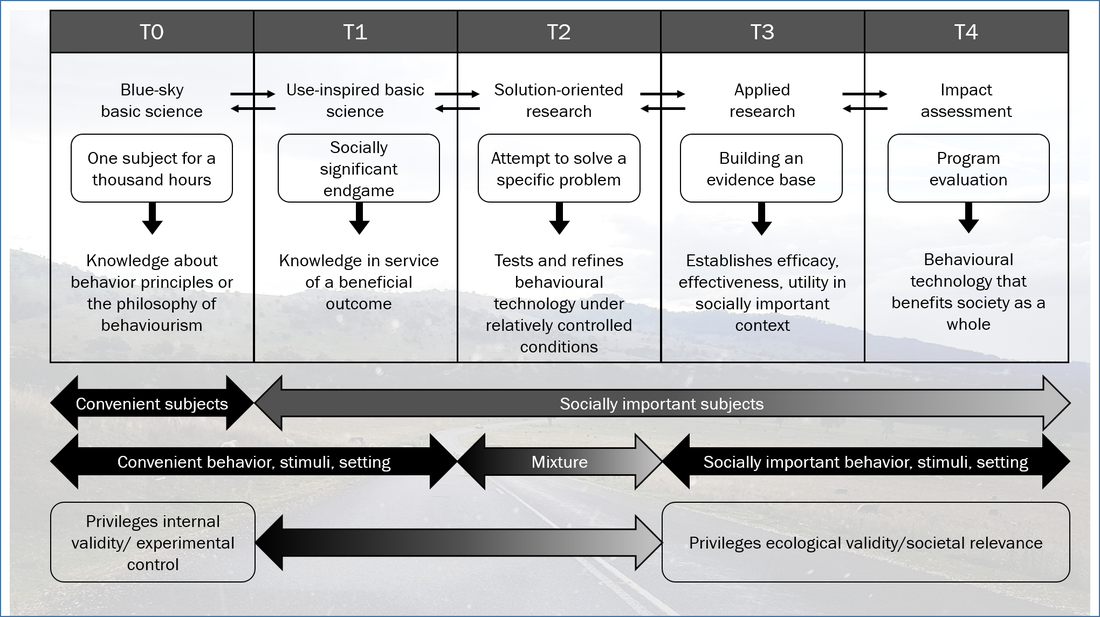Metascience
Analysis of Scientific Behavior
Scientific activities are governed by the same principles that govern all behavior and are a relatively unexplored area of application in behavior analysis. We investigate how behavior principles operate on the behavior of behavioral scientists, including psychology students, as they work and learn.


